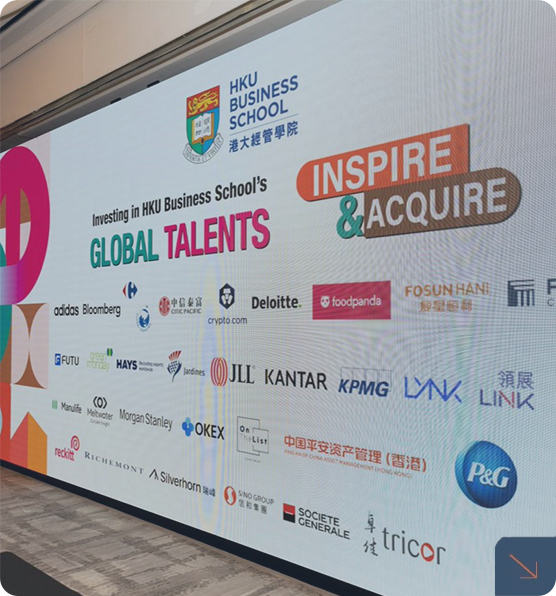生成式人工智能(AI)工具发展日新月异,香港大学经济及工商管理学院今日(12日)发表一项人工智能大语言模型评测综合排行榜,通过港大深圳研究院建立评分系统,比较十多款大 模型表现,显示由中国科企百度开发的「文心一言」,在中文语境下综合得分最高,但在「通用语言能力」却跑输「ChatGPT4-Turbo」,而大部分国产模型在英文 语境下表现均处于「稍微劣势」。

3917 8351
KK 804
Many mobile applications use push notifications and reminders to explicitly educate, remind, and motivate users to perform healthy behaviors. However, users do not always act according to these explicit digital interventions. Our study investigates whether users’ self-regulation can be implicitly facilitated with a proper mobile interaction design. Specifically, we investigate the impacts of two touch modes that are supported by force-based interaction technology, that is, pressing and tapping. Drawing on the theory of embodied cognition, which suggests that people automatically infer meanings from their bodily actions, we conjecture that pressing, compared with tapping, enhances self-regulation because the action of pressing on the touchscreen embodies resolute approach motivation toward goals. We test our hypotheses in three experiments. The first experiment investigates beverage choices on a mobile app; the second experiment examines goal setting on a fitness app; and the third experiment focuses on personal hygiene learning on a mobile education app. The results from the three experiments show that pressing actions can improve users’ self-regulation in selecting a healthier but less tasty beverage (Study 1), setting higher exercise goals and performing more physical exercise (Study 2), and reducing lapses in maintaining personal hygiene (Study 3). In addition, such effects were more salient among users with a higher level of health knowledge and a promotion-focused health orientation. This study contributes to healthcare IT research by showing that mobile interaction can be leveraged to nudge users toward enhanced self-regulation.
人们的生活作息规律是由生理时钟和社交时钟共同构建而成。不过,人们的社交时钟经常偏离生理时钟(例如:为了工作或学习,比睡到自然醒早起;为了夜班工作或赶上项目完成期限而熬夜)— 此现象被称为「社交时差」。社交时差如何影响消费者行为?研究的工作数据和实验结果显示,由于处于社交时差的消费者往往对社交互动不太感兴趣,因此社交时差会减少炫耀性的消费行为。然而,此效应在以下情况会有所减弱:当消费者与熟悉的人而非陌生人进行社交互动;当他们的炫耀性消费行为不会引起社交圈子的关注;以及当他们倾向于私人场合中使用奢侈品。
User-generated content (UGC) is increasingly used in the marketing communication mix for promoting products. This research investigates how firms can actively manage consumer-generated reviews in the form of highlighting authentic reviews at firms’ discretion. Whereas highlighting a positive review is expected to lead to positive product evaluations, this practice may elicit consumers’ skepticism if consumers are explicitly informed of the promotional intent of the firm. In three studies, we examine the effect of presenting a firm-highlighted review on consumers’ consumption intention and behavior. Our findings confirm that highlighting a positive consumer review can effectively attract consumers’ attention to this review. However, the heightened attention does not always lead to higher consumption likelihood. In particular, the extremity of a highlighted review will interact with the variance of the review context as well as the reputation of the firm being reviewed to determine the effect of the firm-highlighting practice on consumers’ consumption behavior. When other reviews convey mixed opinions or when the firm has not established a strong reputation, highlighting a positive but less extreme review may effectively improve the likelihood of consumption, but highlighting a review that is extremely positive will not.
Gesture-based interaction has greatly changed the way in which we interact with online products by allowing users to control digital systems with hand movements. This study investigates how gesture-based interaction modes, namely, mid-air gesture and touchscreen gesture, compared with mouse-based interaction, affect consumers’ virtual product experiences (VPE) by eliciting mental imagery (i.e., haptic imagery and spatial imagery). Furthermore, we explore how visual product presentation can be designed to facilitate different types of interaction modes. Through a lab experiment, we find that touchscreen gesture outper- forms mid-air gesture and mouse-based interaction in terms of eliciting haptic imagery, and this effect is mitigated when 3D presentation is used. We also find that mid-air gesture outperforms touchscreen gesture and mouse-based interaction in terms of eliciting spatial imagery when 3D presentation is used. Both haptic imagery and spatial imagery can further reduce consumers’ product uncertainty. Our results extend prior work on interactivity design of VPE and further contribute to the emerging literature on gesture-based interaction.





